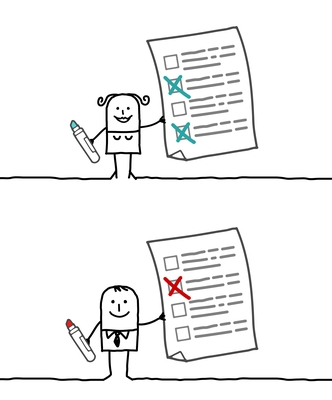Admission #1: We flunked high school calculus.
[So maybe the teacher had an issue with our mouthing off.]
These days, though, it doesn’t pay to get snarky with math or its proponents. Because in every hour of our work life, numbers come into play.
Colleagues in our sister industries have similar concerns, especially about media measurement. That stalwart of our parents’ TV black boxes, Nielsen, recently publicized a solution – its new C7 rating would accommodate a week’s worth of views, the total time spent on different platforms (from Netflix to cable to YouTube), and the average audience size. In partnership with Facebook, it also aims to deliver age and gender demographics for online video viewers.
Digging in deep, the questions still proliferate:
- Will this account for the folks who (admission #2: like us) save TiVO- and Roku-recorded content to replay AFTER a week? Or those who binge-watch specific series and programs way after their debuts?
- Will this drill down into audience profiles so we know the true value of what’s being sold and bought?
- Finally (and probably most significant, in our eyes): Will this C7 analyze attention – how intently people engage with content?
Hey, advertisers aren’t the only ones who yearn to get those kinds of scores. Those of us practicing change inside companies haven’t yet figured out employee engagement with content – let alone with the corporation.
Or have we?




